Kurz gesagt:
Also, breite oder schmale Ski? 🤔 Hier ist der schnelle Leitfaden, der dir hilft, das perfekte Paar für dein Pistenabenteuer zu wählen!
- Breite Ski (100+ mm): Ideal für POWDER und Off-Piste! 🌨️ Genieße das sanfte Gleiten über weichen Schnee mit großartiger Stabilität bei tiefen Bedingungen. Allerdings sind sie auf hartem Schnee etwas anspruchsvoller.
- Schmale Ski (unter 85 mm): Perfekt für präparierte Pisten und Eis 🏔️! Sie sind schnell, agil und bieten dir präzise Kontrolle. Ideal zum Carven und für hohe Geschwindigkeiten.
- Für Anfänger? Probiere breitere Ski für mehr Balance und einfacheres Drehen. Snowfeet* Skiblades (wie unsere 65 cm & 99 cm Modelle) machen das Lernen super einfach! 🎿
- Buckelpisten & vereiste Hänge? Schmale Ski sind deine beste Wahl. Sie sind leichter und reaktionsschneller, sodass du Buckel und gefrorenes Gelände wie ein Profi meistern kannst!
👉 Fazit: Wenn du im POWDER oder Backcountry unterwegs bist, nimm breite Ski! 🌨️ Wenn du auf präparierten Pisten carven oder schnell fahren willst, greif zu den schmalen Ski. Und für ultimativen Spaß bieten dir Snowfeet* Skiblades die perfekte Balance aus spielerischer Agilität und Kontrolle. 😎
Bereit, dein Fahrgefühl zu verbessern? 🏔️ Finde deine perfekte Wahl bei Snowfeet* und stürze dich mit Selbstvertrauen die Pisten hinunter!
Hier ist die ganze Geschichte:
Bei der Wahl des richtigen Skis für dich gibt es viele Faktoren zu beachten. Einer der wichtigsten ist die Ski-Breite, also die Messung des Skis an seiner breitesten Stelle. Aber spielt die Ski-Breite wirklich eine Rolle? Lass uns dieses Thema genauer betrachten und einige damit verbundene Fragen beantworten.
Was sind breite Ski?
Breite Ski haben typischerweise eine Taillenbreite von über 100 Millimetern.
Sie sind so konzipiert, besseren Auftrieb im weichen, tiefen Schnee zu bieten, was sie ideal für POWDER-Bedingungen macht. Die vergrößerte Oberfläche reduziert den Druck auf den Schnee, sodass die Ski oben bleiben, anstatt einzusinken. Die breitere Form funktioniert am besten in Kombination mit kürzerer Länge. Breitere Skiboards sorgen dafür, dass breite Ski deine Beine nicht zu sehr belasten.
Kürzer = besser
Vorteile von breiten Ski:
- Verbesserter Auftrieb: Die große Oberfläche sorgt für ausgezeichneten Auftrieb im Tiefschnee, was breite Ski perfekt für POWDER-Tage macht.
- Stabilität: Breite Ski bieten mehr Stabilität, was in unebenem Gelände und beim Skifahren abseits der Piste von Vorteil sein kann.
- Vielseitigkeit: Moderne breite Ski sind vielseitig genug, um nicht nur POWDER, sondern auch präparierte Pisten und variable Bedingungen zu bewältigen, wenn auch mit einigen Kompromissen.
Nachteile von breiten Ski:
- Weniger Wendigkeit auf präparierten Pisten: Bei harten Bedingungen können breite Ski schwerer zu drehen sein und schneiden möglicherweise nicht so effektiv wie schmalere Ski.
- Gewicht: Breite Ski sind typischerweise schwerer, was bei langen Skitagen zu erhöhter Ermüdung führen kann.
- Geschwindigkeit: Die größere Oberfläche kann mehr Widerstand erzeugen, was die Geschwindigkeit auf präparierten Pisten verringert.
Wofür sind breite Ski gut?
Breite Ski sind fantastisch für raues Gelände, das du hauptsächlich abseits der Piste antreffen wirst. Außerdem sind breite Ski deine Ausrüstung der Wahl, wenn du gerne im frischen, fluffigen Schnee fährst.
Breite Ski bieten mehrere Vorteile bei bestimmten Bedingungen.
1. POWDER-Skifahren
Breite Ski glänzen im tiefen, frischen Schnee – allgemein als POWDER bekannt – dank ihrer großen Oberfläche. Diese erhöhte Breite hilft den Ski, auf dem Schnee zu schweben, anstatt einzusinken, was sie ideal für POWDER-Tage macht, an denen Skifahrer mühelos über weichen, fluffigen Schnee gleiten wollen.
2. Off-Piste- und Backcountry-Skifahren
Für das Skifahren abseits präparierter Pisten bieten breite Ski die nötige Stabilität und den Auftrieb, um mit wechselndem und unvorhersehbarem Gelände zurechtzukommen. Ihr Design hilft, die Herausforderungen beim Skifahren durch Baumreihen, abseits markierter Wege und in natürlichem Gelände zu meistern, wo tieferer Schnee und Hindernisse häufiger sind.
3. Freeride-Skifahren
Breite Ski sind bei Freeride-Skifahrern beliebt, die natürliches Gelände mit einer Mischung aus POWDER, Bruchharsch und sogar Hartschnee bewältigen. Die Stabilität und Unterstützung, die breite Ski bieten, sind entscheidend für Landungen bei Sprüngen und das Ausführen von Tricks in natürlichen Geländemerkmalen.
4. Stabilität bei wechselnden Schneebedingungen
Bei Bedingungen, die POWDER, festen Schnee und Eis mischen, bieten breite Ski eine stabile Plattform. Ihre Breite hilft, das Gewicht des Skifahrers gleichmäßiger zu verteilen, was zu einer ruhigeren Fahrt unter herausfordernden Bedingungen führen kann.
5. Komfort und Nachsicht
Die größere Oberfläche breiter Ski macht sie im Allgemeinen nachsichtiger, was bedeutet, dass sie einige der raueren Aspekte unebenen Geländes ausgleichen können. Das kann das Skifahren komfortabler machen, besonders für diejenigen, die sich in gemischten Schneebedingungen bewegen oder in weniger idealen Umgebungen das Skifahren lernen.
In mehreren Längen erhältlich
Sind breite Ski hart zu deinen Knien?
Nein, breite Ski sind nicht unbedingt hart zu deinen Knien. Tatsächlich können breitere Ski unter bestimmten Bedingungen schonender für deine Knie sein. Da sie mehr Auftrieb im tiefen Schnee bieten, musst du vielleicht nicht so hart arbeiten, um auf dem POWDER zu bleiben, was die Belastung für deine Knie verringern kann. Andererseits könnten sie sich auf einer präparierten Piste schwerer manövrieren lassen als dünnere Ski.
Sind breite Ski gut für Buckelpisten?
Breite Ski gelten allgemein nicht als ideal für Buckelpisten. Hier ist der Grund:
Manövrierfähigkeit
Buckelpisten erfordern schnelle, präzise Kurven und die Fähigkeit, eng beieinanderliegende Buckel zu navigieren. Breite Ski sind aufgrund ihrer größeren Oberfläche und oft höheren Gewichts weniger wendig als schmalere Ski. Das kann es erschweren, die schnellen Richtungswechsel auszuführen, die das Buckelpistenfahren verlangt.
Schnelligkeit von Kante zu Kante
Ein wichtiger Aspekt beim effektiven Skifahren auf Buckelpisten ist die Fähigkeit, schnell von einer Kante zur anderen zu wechseln. Schmalere Ski haben weniger Material zwischen den Kanten, was schnellere und reaktionsfreudigere Kantentransitionen ermöglicht. Breite Ski können sich in dieser Hinsicht träge anfühlen und die Leistung in eng gepackten Buckeln beeinträchtigen.
Körperliche Anstrengung
Das Skifahren auf Buckelpisten kann körperlich anstrengend sein, und das zusätzliche Gewicht und Volumen breiter Ski kann die Ermüdung erhöhen, besonders bei langen Buckelpisten. Schmale Ski sind in der Regel leichter und leichter zu manövrieren, was helfen kann, Energie zu sparen.
Buckelabsorption
Schmale Ski können leichter in die Mulden zwischen den Buckeln eintauchen, was es Skifahrern ermöglicht, eine gleichmäßigere Linie und bessere Kontrolle zu behalten. Breite Ski hingegen fahren eher über die Buckel hinweg, was zu einer ruckeligeren Fahrt und weniger Kontrolle führen kann.
Wenn es um Buckelpisten geht, wähle lieber schmalere und kürzere Ski, um die Abfahrt wirklich zu genießen.
Sind breite Ski gut auf Eis?
Schmale Ski eignen sich besser für gefrorene Oberflächen.
Im Allgemeinen sind breite Ski auf Eis nicht so gut wie schmale Ski. Das liegt daran, dass sie eine größere Oberfläche haben, was sie anfälliger für Rutschen und Gleiten auf hartem Schnee und Eis macht. Einige breitere Ski sind jedoch mit Eigenschaften ausgestattet, die die Kantengriffkontrolle auf eisigen Hängen verbessern können, wie Metallkanten und eine steifere Flexibilität.
Fahren breitere Ski langsamer?
Nicht unbedingt.
Die Geschwindigkeit, mit der du fährst, wird größtenteils von deinen eigenen Fähigkeiten und dem Gelände, auf dem du fährst, bestimmt, nicht von der Breite deiner Ski. Letztendlich ist der beste Weg, die richtige Skibreite für dich zu bestimmen, dein Können, die Art des Geländes, auf dem du fahren wirst, und deine persönlichen Vorlieben zu berücksichtigen.
Mach dich bereit für dein nächstes Winterabenteuer
Was sind schmale Ski?
Schmale Ski haben in der Regel eine Taillenbreite von weniger als 85 Millimetern. Sie sind hauptsächlich für präparierte Pisten und harte Schneeverhältnisse konzipiert. Ihr schlankes Profil macht sie agiler und leichter zu drehen.
Vorteile von schmalen Ski:
- Agilität: Schmale Ski reagieren schneller und lassen sich leichter drehen, was sie ideal macht, um präzise Linien auf präparierten Pisten zu ziehen.
- Geschwindigkeit: Die verringerte Auflagefläche reduziert den Widerstand und ermöglicht höhere Geschwindigkeiten auf hartem Schnee.
- Energieeffizienz: Weniger Kraftaufwand ist nötig, um Drehungen einzuleiten, was die Ermüdung des Skifahrers verringert und die Skizeit verlängert.
Nachteile von schmalen Ski:
- Schlechte Leistung im POWDER: In tiefem Schnee neigen schmale Ski dazu, einzusinken statt zu schweben, was sie für POWDER-Bedingungen weniger ideal macht.
- Verminderte Stabilität bei rauen Bedingungen: Sie können auf unebenen Flächen und bei wechselnden Schneeverhältnissen weniger stabil sein, wo Unebenheiten und Vertiefungen stärker spürbar sind.
Sind schmalere Ski leichter zu kontrollieren?
Wenn es um die Kontrolle von Ski geht, ist die Länge ein wichtigerer Faktor als die Breite. Kürzere Ski sind viel leichter zu kontrollieren als längere Ski. Daher sind die besten Ski zum Einstieg Skiboards: Sie sind breit und bieten extra Halt, aber kurz, was sie leicht und wendig macht.
Sind schmale Ski besser für Eis?
Ja, das sind sie definitiv. Sie haben besseren Grip, schneiden präziser ins Eis, außerdem sind die breiten Ski nicht so rutschig. Schmale Ski ermöglichen bessere Kontrolle und einfacheres Drehen auf eisiger Oberfläche.
Die richtige Ski-Breite wählen
Sind breite oder schmale Ski besser?
Das hängt von der Art des Skifahrens ab, die du planst. Wenn du hauptsächlich auf präparierten Pisten fährst, sind schmalere Ski in der Regel besser. Wenn du jedoch abseits der Piste und im tiefen Schnee unterwegs sein möchtest, können breitere Ski eine gute Wahl sein. Breite Ski bieten mehr Auftrieb im tiefen Schnee, was das Fahren auf dem POWDER erleichtert.

Welche Ski-Breite ist am besten für Anfänger?
Generell gilt: breitere Ski sind besser für Anfänger. Sie erleichtern das Gleichgewicht und bieten guten Halt bei den ersten unsicheren Fahrten auf Ski. Als Anfänger solltest du auch kurze Ski wählen. Kürzere Länge ist leichter und einfacher zu handhaben als lange und sperrige Ski.

Welche Ski-Form ist am besten für Anfänger?
Für Anfänger ist ein Ski mit traditioneller Camber-Form meist die beste Wahl. Diese Form ermöglicht gute Kantkontrolle und Stabilität auf präparierten Pisten. Zusätzlich kann eine leicht aufgebogene Spitze beim Einleiten von Kurven helfen, was das Verbinden von Schwüngen erleichtert.
Wenn du Anfänger bist, ist die beste Lösung ein Paar kürzerer und breiterer Skiboards: Diese Ski bieten genug Halt, ohne dich mit zusätzlichem Gewicht und Länge zu belasten.
Fazit
Sowohl breite als auch schmale Ski haben ihren Platz auf der Piste. Bei der Wahl der Ski solltest du das Gelände berücksichtigen, auf dem du am häufigsten fahren wirst, und deine Ski entsprechend auswählen.
Was bevorzugst du? Schmale oder breite Ski? Lass es uns in den Kommentaren wissen!
Probier mal was Neues

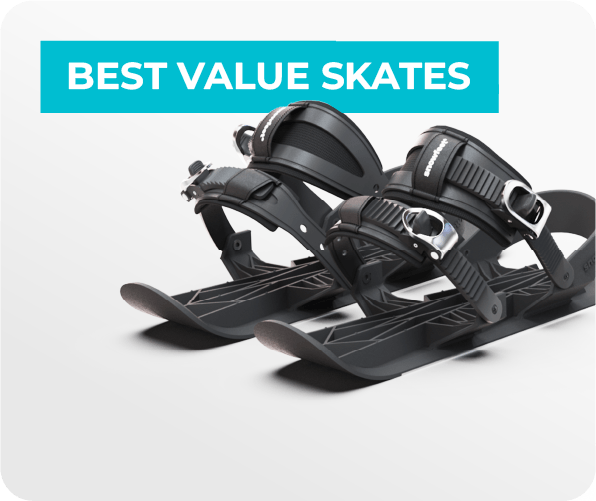


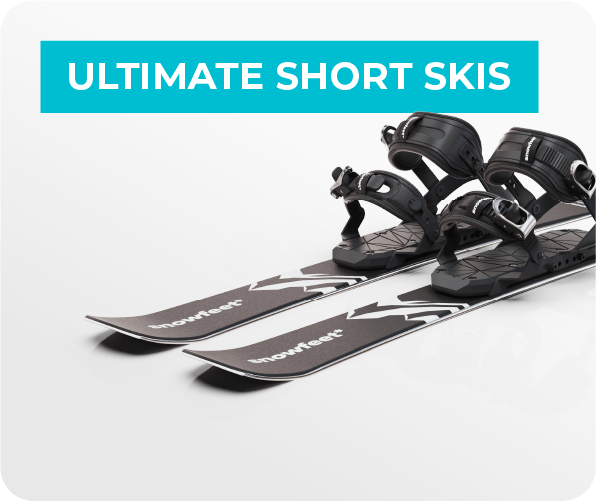


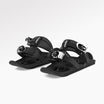
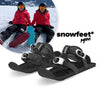

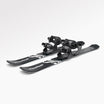




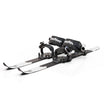

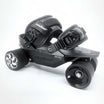

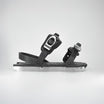











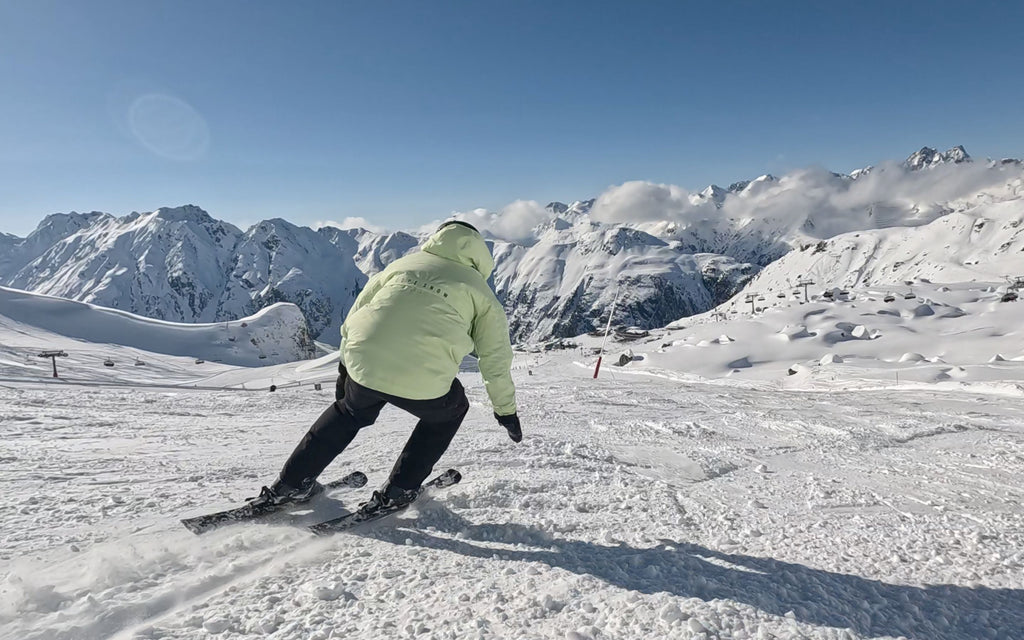

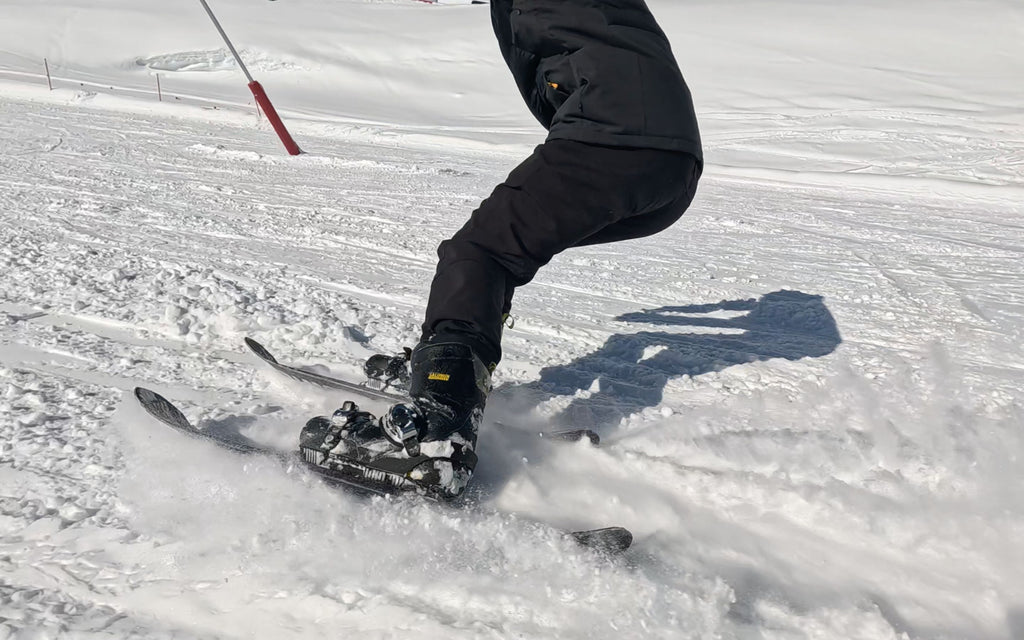
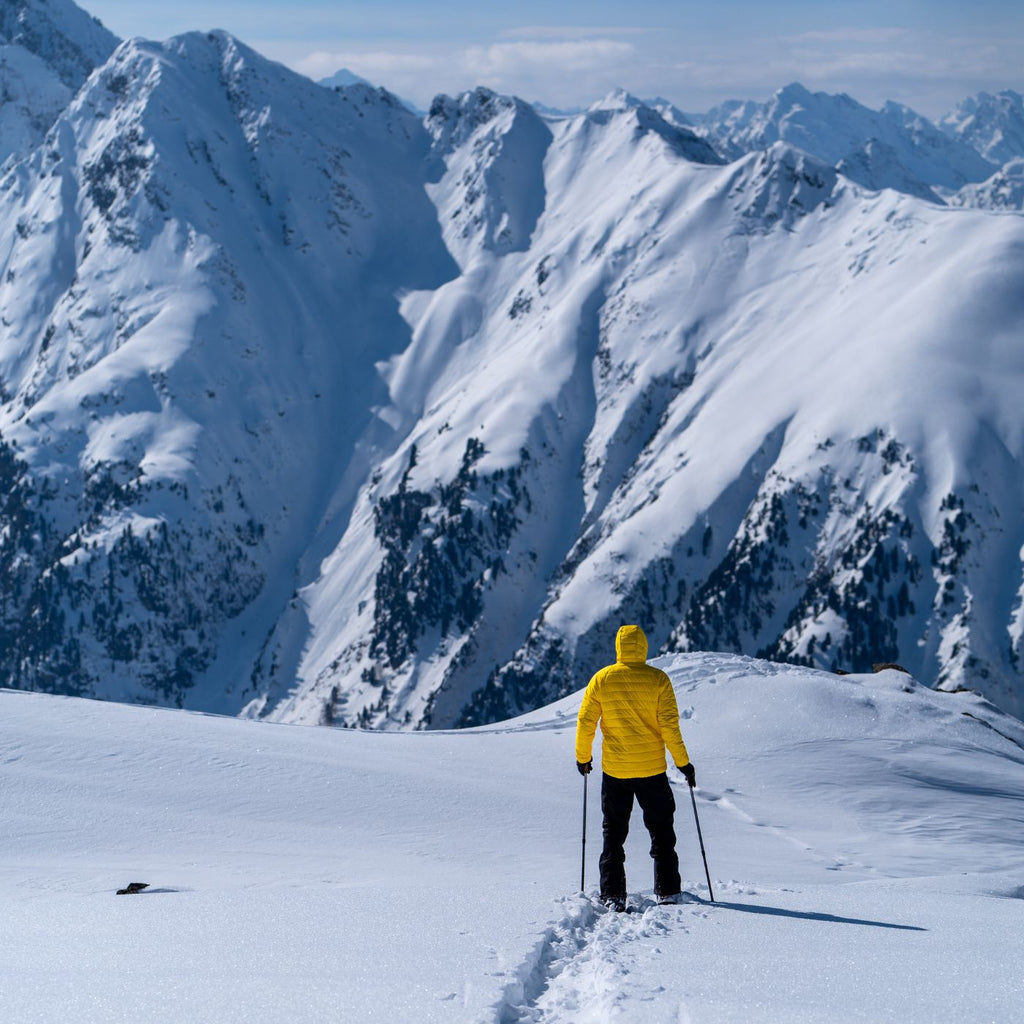









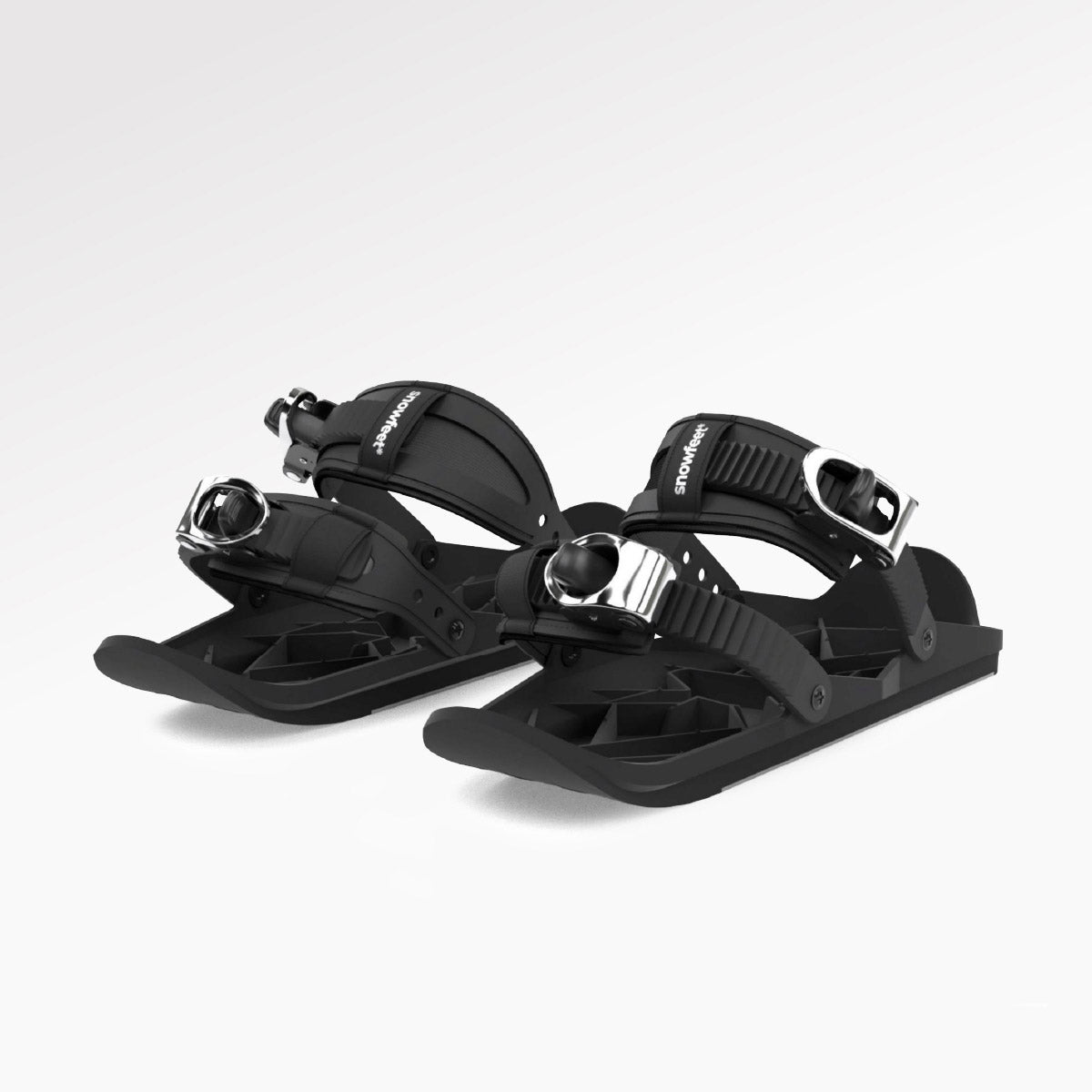
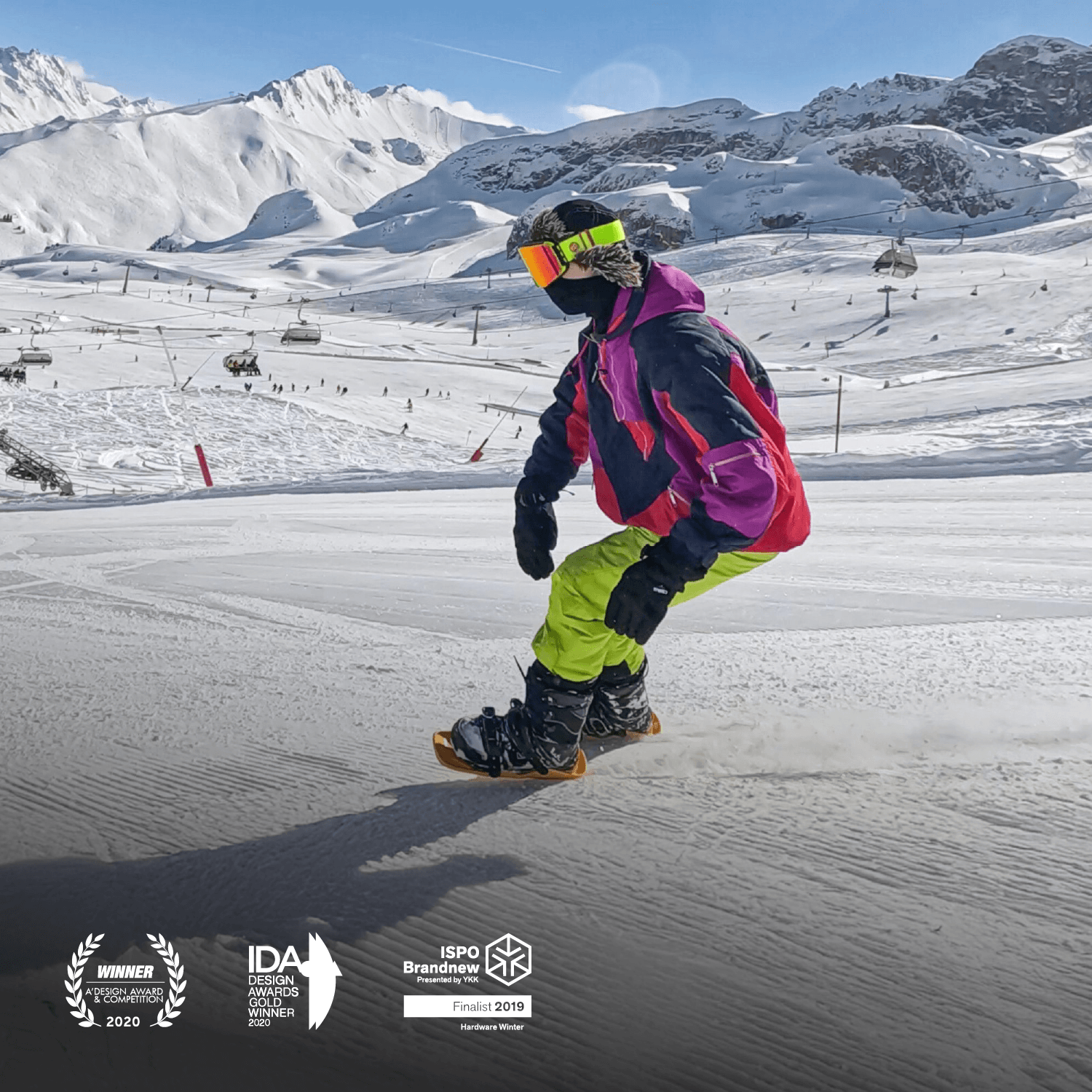
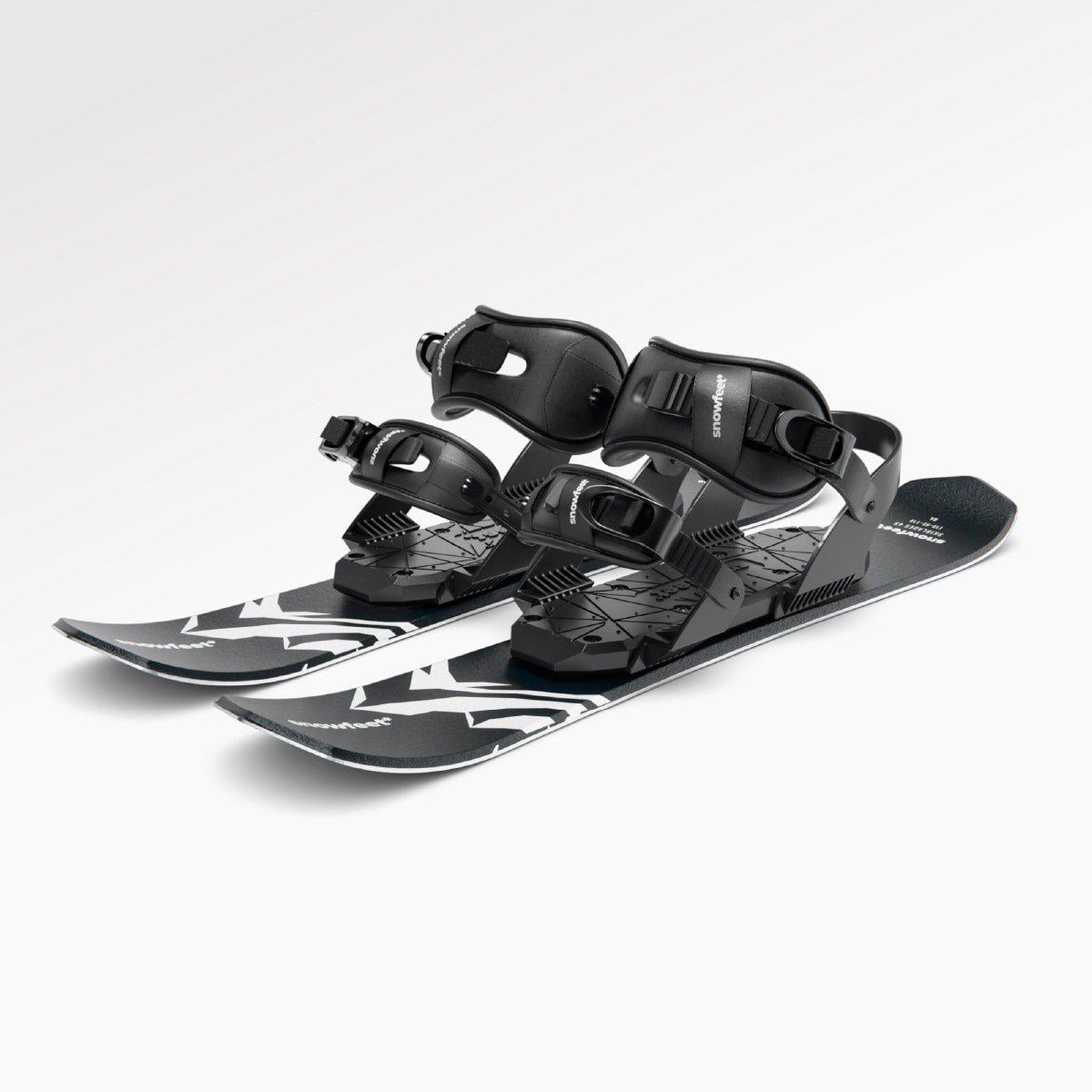



36 Kommentare
Whitney
Uau, que análise detalhada! Nunca pensei que o RTP médio dos slots em (mesadeayuda.eapsa.gov.co) chegasse a 97 %.
Juntei‑me ontem, depositei via Pix e o saldo apareceu em segundos.
Vou compartilhar esse texto com meus amigos que ainda têm medo de apostar online — aqui ficou
claro que o site é confiável e paga em dia.
Barryciz
Достаточно перейти по ссылке кракен магазин и выбрать нужный товар. Товар добавляется в корзину и подтверждается автоматически. Оплата проходит без задержек, после чего выдаётся адрес.
Весь ассортимент доступен без регистрации.
Barryciz
Товар подтверждается автоматически. Достаточно оплатить заявку и ждать в личном кабинете. Весь ассортимент доступен без регистрации.
Устройство через систему кракен сайт KRAKEN требует собеседования.
Barryciz
Через официальный портал кракен магазин можно быстро сделать заказ. На KRAKEN представлен только актуальный ассортимент. Товар подтверждается автоматически.
Оплата проходит без задержек, после чего выдаётся адрес. Весь ассортимент доступен без регистрации.
Barryciz
Выбор товара в кракен тор осуществляется по коду или названию. Весь ассортимент доступен без регистрации. Товар добавляется в корзину и подтверждается автоматически.
Оплата проходит без задержек, после чего выдаётся адрес.
Hinterlassen Sie einen Kommentar
Diese Website ist durch hCaptcha geschützt und es gelten die allgemeinen Geschäftsbedingungen und Datenschutzbestimmungen von hCaptcha.